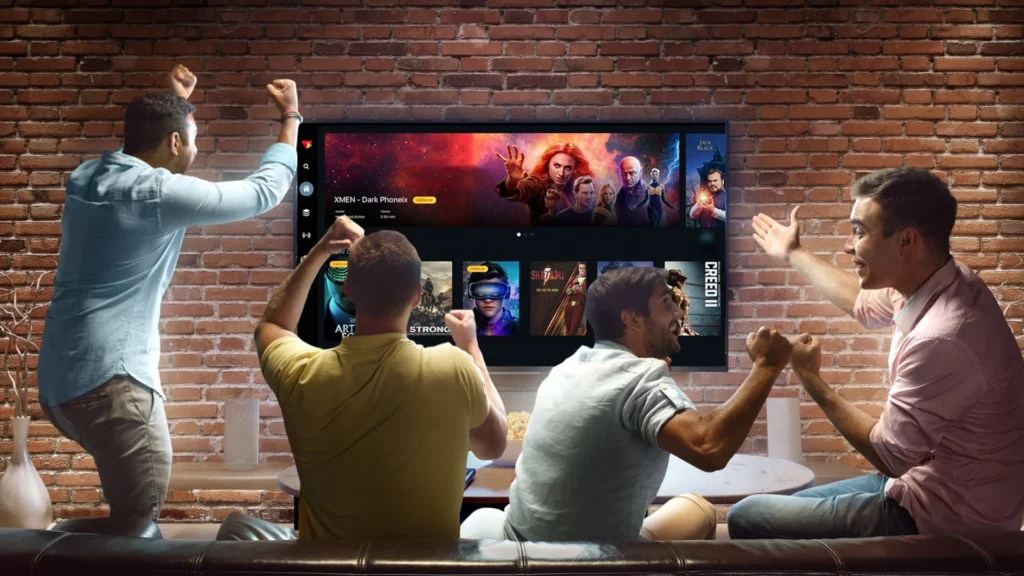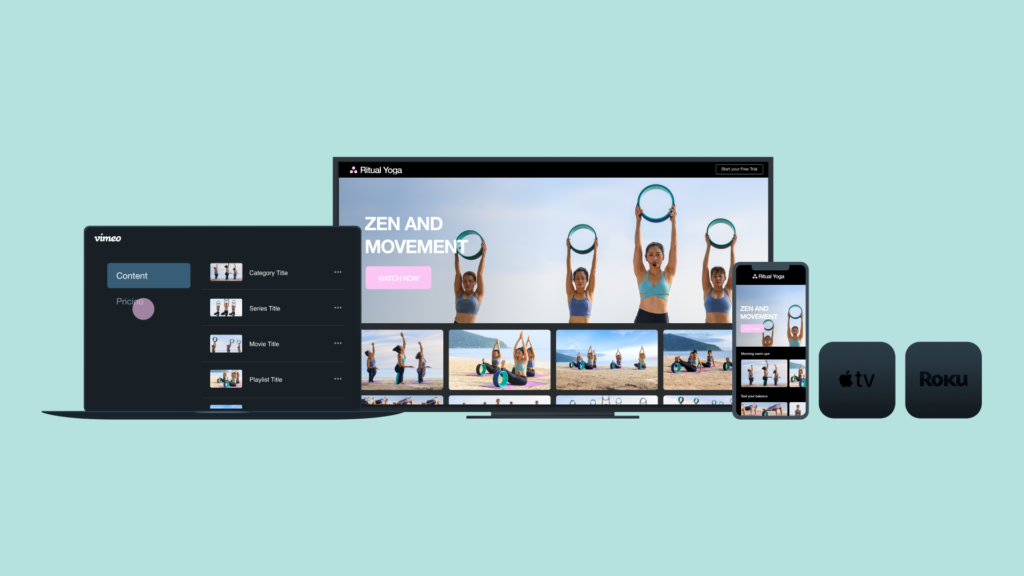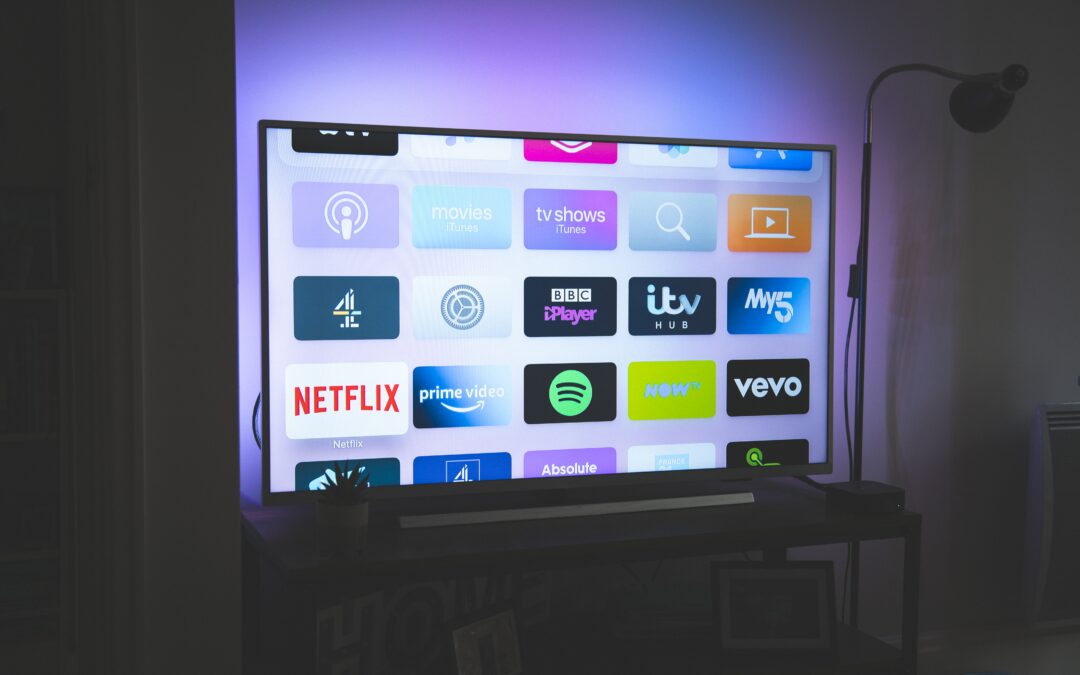Introduction
Television has come a long way since its inception, evolving from black-and-white sets to high-definition displays, and now, it has entered a new era known as Connected TV (CTV). Connected TV refers to the integration of the internet and traditional television, allowing viewers to access a vast array of digital content directly on their television screens. In this article, we will delve into what Connected TV is, its key features, benefits, and the impact it has on the entertainment industry.
RELATED: What Is The Difference Between Connected TV (CTV) And Over-The-Top (OTT)?
What is Connected TV?
Connected TV is a term used to describe televisions that are connected to the internet, enabling users to stream content over the web. Unlike traditional broadcast television, which relies on cable or satellite signals, CTV utilizes internet protocols to deliver media content. This allows users to access a diverse range of streaming services, apps, and online platforms to enjoy on-demand content.

Key Features of Connected TV
- Internet Connectivity: The primary feature of Connected TV is its ability to connect to the internet. This is usually achieved through built-in Wi-Fi or Ethernet ports, enabling the TV to access online content and services.
- Streaming Services: With Connected TV, users can access popular streaming services like Netflix, Hulu, Radiant TV, Amazon Prime Video, Disney+, and more. These platforms offer an extensive library of movies, TV shows, documentaries, and original content.
- Apps and Games: CTVs often come with an app store, similar to those found on smartphones. Users can download and install various applications and games tailored for the television interface, expanding the entertainment options beyond traditional TV channels.
- Smart Voice Assistants: Many Connected TVs are equipped with integrated smart voice assistants like Amazon Alexa or Google Assistant. This allows users to control their TV and search for content using voice commands, providing a more intuitive and hands-free experience.
- Cross-Device Synchronization: Connected TVs can synchronize with other devices, such as smartphones and tablets, to share content seamlessly. This integration enhances user convenience and simplifies content consumption.

RELATED: Over-The-Top And Connected TV
Benefits of Connected TV
- Content Flexibility: One of the major advantages of Connected TV is the flexibility it offers. Viewers can choose from an extensive catalog of on-demand content, watching what they want, when they want it, without being restricted by traditional broadcasting schedules.
- Cord-Cutting and Cost-Effectiveness: CTV has contributed to the rise of cord-cutting, where users abandon traditional cable or satellite TV subscriptions in favor of streaming services. This shift can potentially save viewers money, as they only pay for the content they wish to access.
- Personalized Viewing Experience: Connected TV platforms often use sophisticated algorithms to recommend content based on a user’s viewing history and preferences. This personalization enhances the overall viewing experience by providing relevant and engaging suggestions.
- Access to Original Content: Many streaming services create exclusive original content, attracting subscribers with unique shows and movies not available on traditional TV channels.
Impact on the Entertainment Industry
Connected TV has disrupted the traditional television landscape and has had a profound impact on the entertainment industry. It has led to significant changes in consumer behavior, prompting media companies to adapt their business models to meet evolving demands.
- Shift in Advertising: As viewers move towards streaming platforms, traditional TV advertising faces challenges. Advertisers are increasingly turning to digital advertising on Connected TV, which offers more targeted and measurable options.
- Growth of Streaming Services: The rise of Connected TV has fueled the growth of streaming services. Media companies and content creators now focus on developing and distributing content for these platforms to reach a broader audience.
- Audience Metrics and Insights: Connected TV provides valuable data and insights about viewer behavior, preferences, and engagement. This data enables content providers to make data-driven decisions, tailor their content, and improve the user experience.

Conclusion
Connected TV represents a revolutionary shift in the way we consume television content. By combining the power of the internet with traditional television, it has opened up new possibilities for content delivery, convenience, and personalization. As the popularity of Connected TV continues to grow, its impact on the entertainment industry will only become more profound, shaping the future of television viewing for years to come.
Download The Radiant App To Start Watching!
Web: Watch Now
LGTV™: Download
ROKU™: Download
XBox™: Download
Samsung TV™: Download
Amazon Fire TV™: Download
Android TV™: Download

